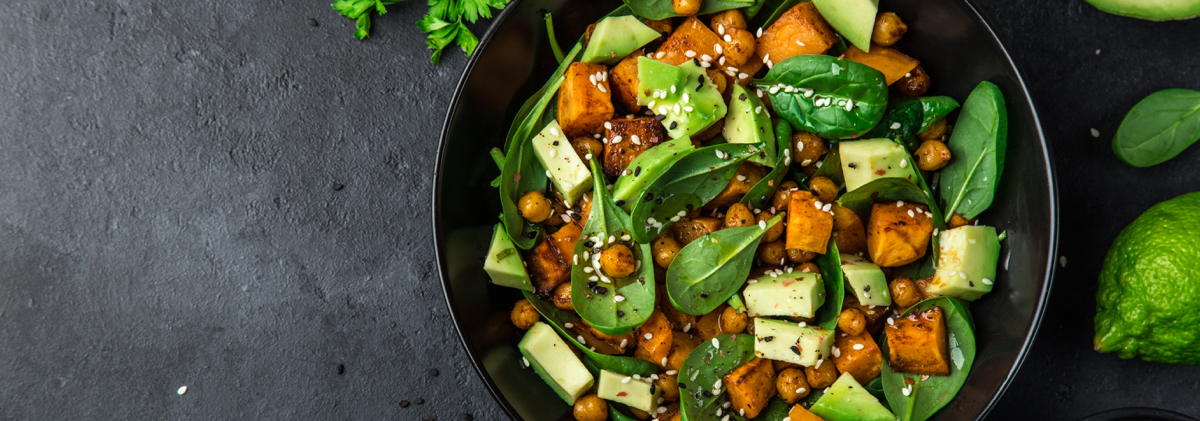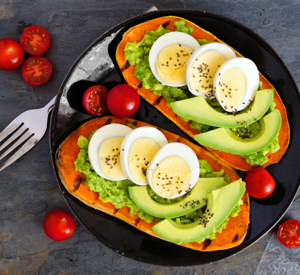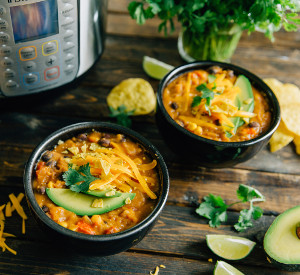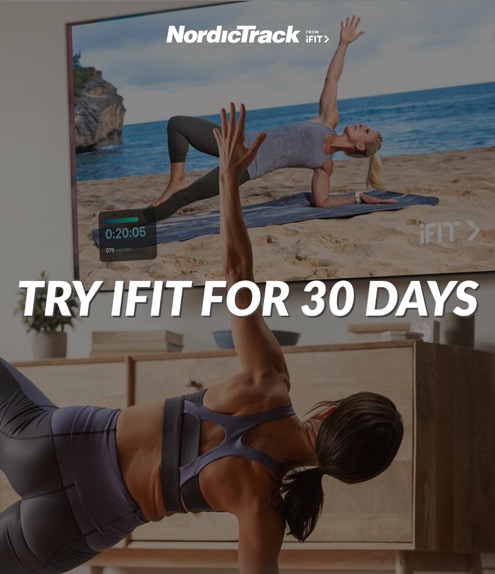
Are you ready to make a healthy change this year? Well, the first step to consider is to evaluate your nutrition and align it with your health goals. To point you in the right direction, here are 7 great nutrition-friendly starting points for goal setting which will complement your workouts nicely.
1. Dine On More Home-Cooked Food
Not only will your budget thank you for eating at home more, but by cooking at home, you can control exactly what goes into your meals. Packaged food, restaurant meals, and fast food are generally full of additives to preserve their shelf-life and are often high in calories. By cooking at home, you can create portioned meals and calculate the nutrition to fit within your goals.
2. Meal Prep More Often
Meal prepping is a great way to cut down on eating out and ensure you are making healthier food choices. If you aren’t sure how to start meal prepping and are afraid to waste food, start with picking one meal to prep for the whole week.

For example, say you choose to prep your lunches for the whole week instead of eating out on your lunch break. You can cook a batch of chicken breast, roast vegetables, and sweet potatoes then place them in portioned containers, making it easy for a grab-and-go strategy. Store two days worth of food in the fridge and toss the rest in the freezer. In less than an hours’ time, you can have your lunches ready for your whole work week – saving you time and frustration when trying to figure out what to eat every single day.
3. Eat More Vegetables With Each Meal
Vegetables are packed with vitamins, minerals, and other helpful nutrients, yet many people don’t eat nearly enough of them. This year, make a conscious effort to fit 5-9 servings of vegetables into your daily diet. Not ready to cut back on pizza and other yummy favorites? No big deal. Just add a handful of veggies to your plate and fill up on those first. Then enjoy your favorite foods, knowing you’re making space for those crucial vitamins and fiber.
4. Cut Back On Simple Carbs
The average American diet consists of far too many “bad carbs”, such as processed bread (white and enriched), sugary cereals, chips, crackers, and many more. As these simple carbohydrates are not very filling, it is easy to overeat.
There’s no need to throw out all your simple (bad) carbs. Just portion them out and make your simple carbs the occasional treat they should be instead of mindlessly chowing down on the whole bag.
5. Try New Complex Carbs
There is a whole world of complex carbohydrates worth trying. You can swap out some of the less filling simple carb options for these more nutritious complex carbs:
- Quinoa
- Brown rice
- Sweet potatoes
- Whole wheat bread
- Millet
- Flaxseed
Also, if you are working on your cardio, consuming complex carbs sustains your energy to help you power through your exercises since they’re a slow digesting carb.
6. Work In ‘Meatless Monday’
While you may not want to go totally vegetarian, you can benefit from having meatless meals or dedicating a day or two a week to not eating meat. By doing this, you can focus on nutrient-rich foods and experiment with recipes to create new favorite foods. Try this meatless recipe from iFit. Instant Pot Lentil Tortilla Soup is an iFit favorite!
If you are concerned about consuming enough protein, you can add protein-rich foods like legumes (kidney, black, pinto, etc.), chickpeas, Greek yogurt, quinoa, and nuts to your meatless days.
7. Eat More Healthy Fats
Dietary fat has been unfairly stigmatized, leading many people to go for labels that read “low fat” or “0% fat”. But fat-free options usually come with more sugar and other added ingredients to make up for the lack of taste.
On the other hand, healthy fat sources are often packed with vitamins and helpful minerals. Also, fat contributes to feelings of fullness, so you don’t have to eat much to feel satisfied. Try some healthy fat sources such as:
- Avocado
- Olive oil
- Whole eggs
- Dark chocolate
- Cheese
- Fatty fish (salmon, tuna, etc.)
While you don’t have to implement all these nutrition goals at once, even choosing and implementing a few of them will help you look and feel better.
DISCLAIMER: This post is not intended to replace the advice of a medical professional. The above information should not be used to diagnose, treat, or prevent any disease or medical condition. Please consult your doctor before making any changes to your diet, sleep methods, daily activity, or fitness routine. NordicTrack assumes no responsibility for any personal injury or damage sustained by any recommendations, opinions, or advice given in this article.
Sources:
https://www.nordictrack.com/learn/beginner-workouts-combining-hiit-treadmill/
https://www.health.harvard.edu/staying-healthy/most-americans-dont-eat-enough-fruits-and-veggies
https://www.webmd.com/food-recipes/features/carbohydrates#4
https://www.medicalnewstoday.com/articles/318615.php



